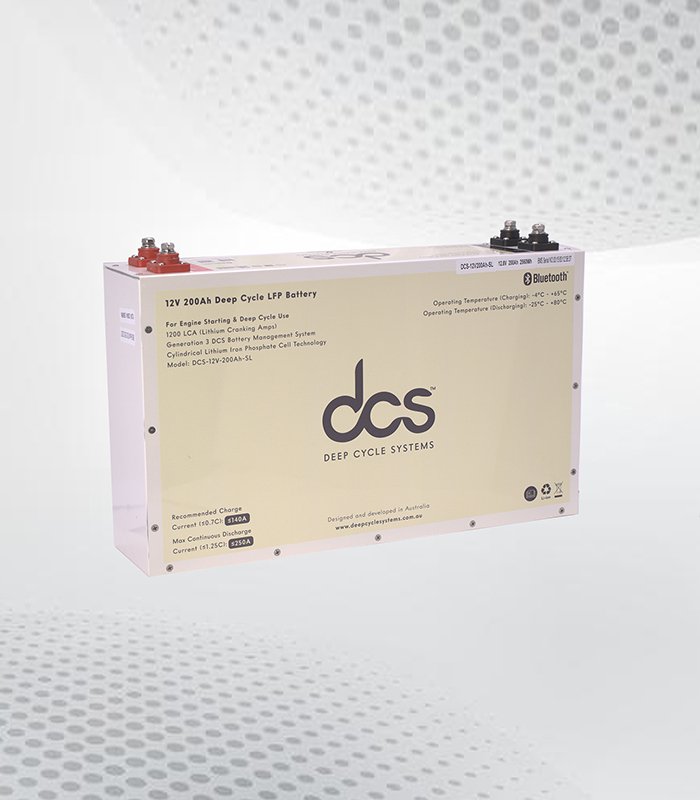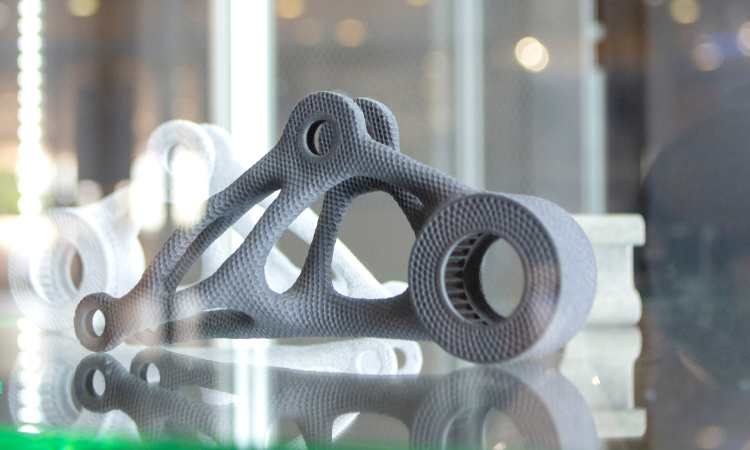
Polycarbonate production is a critical aspect of the global plastics industry, influencing a wide range of sectors from automotive to electronics. Understanding the cost processes involved in polycarbonate production is essential for businesses looking to optimize their operations, reduce expenses, and enhance profitability. This press release delves into the comprehensive cost analysis of polycarbonate production, highlighting key aspects such as product definition, procurement resource assessment, market drivers, raw materials requirements, and detailed cost breakdowns. Additionally, we discuss the availability of exhaustive and personalized reports that can substantiate your business decisions significantly.
Request For Free Sample: https://www.procurementresource.com/production-cost-report-store/polycarbonate/request-sample
Product Definition
Polycarbonate is a versatile and highly durable thermoplastic polymer that is prized for its excellent impact resistance, transparency, and thermal stability. It is widely used in the manufacture of various products, including eyewear lenses, automotive components, medical devices, and consumer electronics. The unique properties of polycarbonate, such as its ability to withstand high temperatures and its lightweight nature, make it an indispensable material in numerous industries. Its adaptability and resilience have positioned polycarbonate as a material of choice for many high-performance applications.
Procurement Resource Assessment of Polycarbonate Production Process
The procurement resource assessment for polycarbonate production involves a meticulous analysis of the raw materials, production processes, and logistical considerations required to manufacture polycarbonate efficiently. The primary raw materials used in polycarbonate production are bisphenol A (BPA) and phosgene or diphenyl carbonate. The procurement process must ensure the availability of high-quality raw materials, adherence to environmental regulations, and cost-effectiveness. Additionally, it includes evaluating suppliers, negotiating contracts, and managing supply chain logistics to ensure a steady flow of materials to the production facility.
The production process for polycarbonate typically involves the polymerization of bisphenol A with phosgene or diphenyl carbonate through an interfacial polymerization or melt polymerization method. Each method has its own set of advantages and cost implications, and selecting the appropriate process depends on factors such as production scale, desired product specifications, and economic considerations.
Market Drivers
Several market drivers influence the demand and production of polycarbonate. One of the primary drivers is the growing demand from the automotive and electronics industries. In the automotive sector, polycarbonate is used in applications such as headlamp lenses, interior components, and glazing, thanks to its lightweight and impact-resistant properties. The electronics industry utilizes polycarbonate in the production of housings, connectors, and optical discs due to its excellent electrical insulation and flame retardancy.
Additionally, the construction industry has seen an increased use of polycarbonate sheets for applications like roofing, glazing, and sound walls, driven by the material’s durability and transparency. The medical industry also contributes to the demand for polycarbonate, leveraging its biocompatibility and sterilization capabilities for producing medical devices and equipment.
Environmental concerns and regulations are also shaping the polycarbonate market. With increasing emphasis on sustainability and reducing carbon footprints, manufacturers are exploring bio-based polycarbonates and recycling methods to meet these demands. This trend not only addresses environmental concerns but also opens up new market opportunities for eco-friendly polycarbonate products.
Raw Materials Requirements
The primary raw materials for polycarbonate production are bisphenol A (BPA) and phosgene or diphenyl carbonate. BPA is a critical monomer in the synthesis of polycarbonate, providing the necessary properties for the polymer’s durability and performance. Phosgene or its alternative, diphenyl carbonate, acts as the coupling agent, facilitating the polymerization process.
The quality and purity of these raw materials are paramount to ensuring the final product’s performance and safety. Procurement strategies must involve stringent quality control measures, reliable supplier relationships, and adherence to regulatory standards. Additionally, the environmental impact of sourcing these raw materials should be considered, with a focus on sustainable and ethical procurement practices.
Costs and Key Process Information
Understanding the costs associated with polycarbonate production involves a detailed analysis of various factors, including raw material costs, energy consumption, labor expenses, and overheads. The cost of raw materials, particularly BPA and phosgene, constitutes a significant portion of the overall production cost. Fluctuations in the prices of these raw materials can have a direct impact on the production cost and, subsequently, the market price of polycarbonate.
Energy consumption is another critical cost component, with the production process requiring substantial energy input for polymerization and processing. Efficient energy management and optimization strategies can help reduce these costs. Labor expenses, including skilled and unskilled workforce wages, also contribute to the overall production cost. Implementing automation and advanced technologies can help minimize labor costs while maintaining production efficiency and quality.
Overheads, including maintenance, logistics, and administrative costs, must be accounted for in the cost analysis. Effective management of these overheads can enhance operational efficiency and reduce overall production costs.
Looking for an Exhaustive and Personalized Report?
For businesses looking to gain a competitive edge, a detailed and personalized polycarbonate production cost analysis report is invaluable. Such a report can provide in-depth insights into every aspect of the production process, from raw material procurement to market dynamics and cost breakdowns. By leveraging this comprehensive data, businesses can make informed decisions, optimize their production processes, reduce costs, and improve profitability.
Our tailored reports are designed to meet the specific needs of your business, offering actionable recommendations and strategic insights. Whether you are looking to enter the polycarbonate market, expand your existing operations, or enhance your production efficiency, our reports provide the critical information you need to succeed.
In conclusion, understanding the intricate details of polycarbonate production costs is essential for any business operating in this space. With our comprehensive analysis and personalized reports, you can navigate the complexities of the market, optimize your operations, and achieve sustainable growth. Contact us today to learn more about how our polycarbonate production cost analysis reports can benefit your business.
Contact Us:
Company Name: Procurement Resource
Contact Person: Christeen Johnson
Email: sales@procurementresource.com
Toll-Free Number: USA & Canada - Phone no: +1 307 363 1045 | UK - Phone no: +44 7537 132103 | Asia-Pacific (APAC) - Phone no: +91 1203185500
Address: 30 North Gould Street, Sheridan, WY 82801, USA
RELATED POSTS
View all


